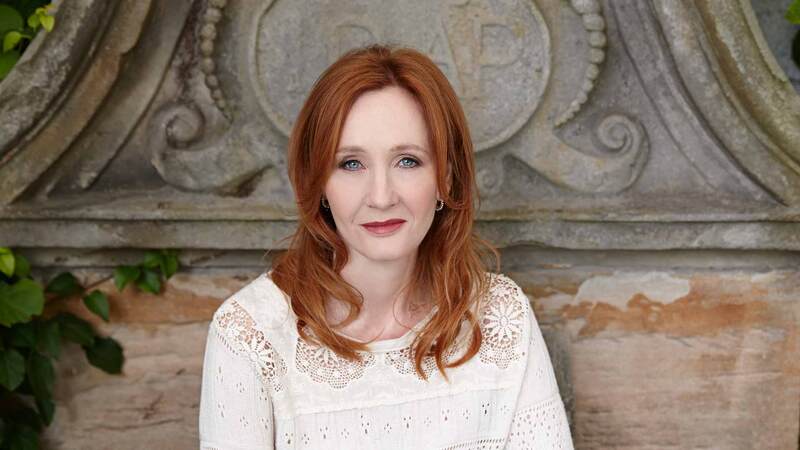You are viewing your 1 free article this month. Login to read more articles.
'Alarming' study reveals only 4% of children's books feature a BAME character
Only 4% of all the children’s books published in the UK last year featured a black, Asian or minority ethnic (BAME) character, according to “alarming” new figures from a study into ethnic representation in children’s literature.
The study, initiated by the Centre for Literacy in Primary Education (CLPE) and funded by Arts Council England, found that of the 9,115 children’s books published in the UK in 2017, only 391 – 4% - featured a BAME character.
The Department for Education reported in 2017 that 32.1% of pupils of compulsory school age in England were of minority ethnic origins. In stark contrast, the study reveals that in the books published in 2017 every ethnic minority was “significantly” under-represented – only 1% of children’s books had a BAME main character and a quarter of the books (99 in total) with a BAME character at all only featured them in the background.
Books intended specifically for a school-based audience defined as ‘Reading Schemes’ made up nearly a third of submissions (29%) which would indicate that an even lower overall proportion – 3.7% as opposed to 4% - of children’s books produced last year were available to wider society through bookshops.
Acknowledging that publishers have already recognised an imbalance in representation, CLPE and the Reflecting Realities steering group have presented six key recommendations to further inform and guide investment in broadening representation in children’s literature.
The recommendations include making sure BAME characters are better represented within children’s literature as a meaningful and accurate representation of the interconnected, diverse society within which children are growing up; producing balanced content which allows for cultural specificity without reducing characterisations to derogatory stereotypes or a two-dimensional shorthand and broadening out the representation of BAME chacters into both fiction and non-fiction, and across a range of genres.
The group also recommended that non-fiction beyond the early years be made more representative, that the industry invests in both established and new authors from a range of backgrounds who are able to paint characters and worlds with the integrity that the subject matter deserves; and that particular consideration should be given towards making books produced for the ‘gift’ and ‘trade’ markets more representative.
The study will be produced annually and is intended to support publishers to understand the extent to which books mirror the realities of their readership. It is produced alongside research from BookTrust, which will publish a report focusing on the number of children’s titles created by authors and illustrators of colour in the UK over the last decade, in September. Both surveys are funded by Arts Council England and aim to promote conversation and awareness around representation in children’s books.
The CLPE survey was led by Farrah Serroukh, programme leader at CLPE with a steering committee of leading experts in publishing and education including CLPE c.e.o. Louise Johns-Shepherd; Professor Karen Sands O’Connor, professor of children's literature at SUNY Buffalo State, New York; Darren Chetty, teaching fellow at UCL Institute of Education; Dr Fen Coles, co-director of Letterbox Library; Nicky Parker, publisher, Amnesty UK; Professor Vini Lander, head of research of the Faculty of Education, Edge Hill University; Dr Kehinde Andrews, Associate Professor of Sociology, Birmingham City University; and author, editor of The Good Immigrant (Unbound) and co-founder of The Good Agency Nikesh Shukla.
Serroukh said that the impact of children not seeing themselves represented in literature during their formative years could be “tremendously damaging”, while Johns-Shepherd added that the survey marks "the beginning of a conversation" and "provides the entire industry with a knowledge base from which we can work together to move forward and ensure all our children are able to see themselves in our books.”
Chetty said the figures were “alarming” and highlighted that it has taken 32 years for the UK to follow the US in building a clear picture of children's publishing with respect to racial representation.
Similarly, trade figures have reacted with "shock" at the statistics, and have said the industry needs to "do better" in publishing representative books.
Aimée Felone, co-founder of new inclusive children's publisher Knights Of, told The Bookseller that the findings revealed the publishing industry is "still not doing what needs to be done" in order to improve diversity in spite of the numerous seminars and panels that have populated conference programmes in recent times.
"The findings are a shock, considering the amount of conversation in recent years from within the industry – the inclusivity and diversity panels, conferences and seminars," said Felone. "We are doing BAME readers a disservice and we need to use these figures to fuel, not just conversation but actual change. It’s the responsibility of those commissioning and representing writers and across departments to consider whose reality the books we publish reflect and whose stories they’re failing to tell. We need to actively seek out the voices and stories we’re ignoring and publish quality stories that showcase a range of experiences."
Sam Hutchinson, publisher at b small, agreed. He said: "I am surprised by how low these figures are, especially after all the talk about diversity at conferences and other industry events. It seemed that publishers were prioritising diversity but maybe publishers are struggling to turn good intentions into action."
He added that he feels that some publishers are focusing on increasing BAME representation in their workforce, while neglecting the diversity of their books.
Penny Thomas, publisher at Firefly Press, also said she was surprised the figures were so low, as "such poor representation can only impact negatively on children's reading and understanding of the world".
"Diversity is central to our outlook on publishing children's books but I do think there is more that we and all publishers could do in searching for a variety of voices from all cultures, and this is something we are always aware of when considering publication", she said.
Publisher Paula Sofowora, who set up AMLAP Publications after struggling to find representative books for her son, said the figures were "quite startling".
“There is change, but this shows that the traditional ways of doing things haven’t changed enough", she said.
Kate Wilson, m.d. of Nosy Crow, said her company "thinks hard" about its messaging and illustration because it wants it to appeal to, and to represent, the ethnic diversity of its potential readership. She said that the publisher includes images of children of colour in its books "whenever [it] can".
"Of 36 new books that we published [last year, 2017] with images of children on the front cover, 13 (36%) included children of colour, and we deliberately avoided specifying the ethnicity of protagonists on the covers of other titles", said Wilson.
The publisher also has an open submissions policy for BAME writers and illustrators and, in 2017, informally advised and supported new publisher Shade 7.
Publishers have taken steps to try and improve diversity in the children's literature, for example Faber Children's and the Andlyn Agency launched the FAB Prize in 2016 to discover new authors and illustrators from black, Asian and ethnic minority backgrounds.

















